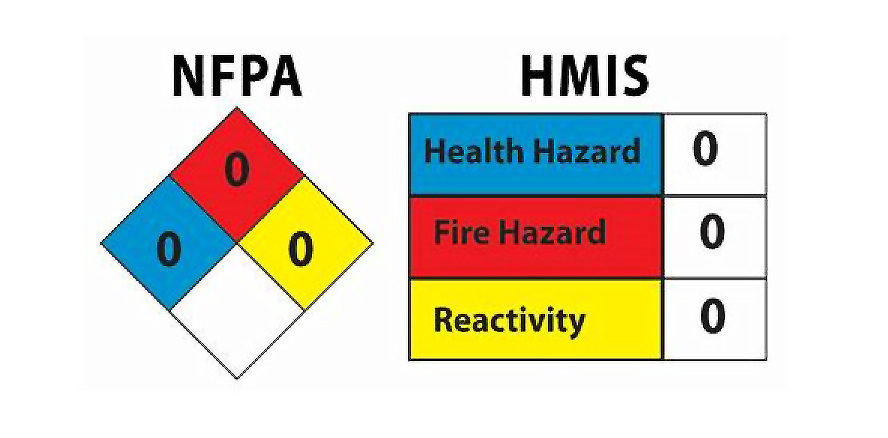- Description
- Specifications
Liquid and powder simulants for use with all STS Contamination Probes
Use of Radiation Simulants
These materials are supplied as part of the Safe Training Systems Ltd radiation simulation system, and must not be used for any other purpose, nor be substituted by any other material. Such substitution will render any guarantee null and void. Accidental skin contact by either LS1 or SS4 is very unlikely to result in any irritation or other effect, but it is recommended that it is not deliberately applied to the skin, especially the face and eyes, and that accidental splashes are washed off immediately.
The gas or vapour generated by LS1 and SS4 when used as recommended is unlikely to pose a significant hazard to health or environment.
Liquid Source LS1
This liquid may be used in various ways to demonstrate the spread of radioactive contamination and to enable realistic training in the use of monitoring instruments to be undertaken. In addition, and equally importantly, it may be used to simulate decontamination processes. The liquid is dispensed from a small container with a pump-type dispenser, and will form droplets or patches on metal and fabric surfaces. These patches of contamination will be unobtrusive, especially if the surface is not in pristine condition.
It is suitable for use on soil, vegetation, vehicles and equipment, and also on staff who are wearing protective clothing, including emergency suits, laboratory coats, overalls, rubber gloves etc. The liquid will have no effect on these materials, but permeable clothing, wetted with the liquid should not be allowed to stay in contact with the skin.
Monitoring of contaminated equipment, plant and staff is carried out in the same way that it would be with real radiation instruments, and the use of a simulator embodying a real, or apparently real, ratemeter adds to this realism. Probes, of the same external form as the probes normally used, extend the realism considerably.
The simulation is particularly appropriate to alpha radiation, but training in the measurement of surface contamination levels of beta and gamma radiation may also be given.
To operate effectively the probe should be held within 1cm of the surface to be monitored. At or below 0.5cm a countrate of greater than 1000cps may be achieved, and this will diminish to zero when the probe has been moved away from the surface.
In addition, if the probe is brought in contact with LS1, it will become contaminated and emit a continuous signal, as a geiger or scintillator probe would when contaminated with a radioactive contaminant.
The discipline of good probe manipulation near surfaces is thus instilled by the system, resulting in good practice by the trainee when set to work.
Decontamination of equipment and protective clothing, vehicles, floors etc., may be demonstrated by washing with water or a water-detergent solution, and both will result in a reduction of countrate, but not necessarily complete cleaning.
Use of swabs also results in a reduction in countrate, and in this case it may be demonstrated that the swab has become contaminated during use.
Use of proprietary decontamination foaming sprays results in the complete removal of LS1 from both metals and fabrics.Scenarios involving the monitoring and subsequent clean up of spills, of donning and doffing safety equipment and clothing, and of the spread of contamination by accidental contact with contaminated items and floors may be easily staged, and all will have considerable realism.
Depending on the quantity of LS1 spread, the surface texture, temperature and air movements, the apparent radiation will continue to be emitted for up to 2-3 hours. Evaporation of the liquid will cause the signal to reduce, and after 12hours no signal will be found, and the area will be completely clean of any residual contamination. This will then allow the training to be repeated in the same area without any problem of background signal.
Solid Source SS4
Solid source material, SS4, may be used in similar ways to liquid source LS1, in that it can be spread in the training area on the ground, equipment, protective clothing, etc. without having any effect on these items.
SS4 is free flowing powder which will not adhere to dry surfaces, so its use is limited to horizontal or near horizontal surfaces, in folds of cloth or clothing etc. Because it is more physically obvious than LS1, some consideration should be given to providing a suitable background against which its presence will not be immediately apparent - as SS4 is white in colour, a rough white surface is ideal, or use with sugar or salt for example, will mask the powder.
Monitoring is carried out as for LS1, and because of the increased surface area of the powder, a larger signal will be obtained. Decontamination may be demonstrated by washing, sweeping etc.
The useful training period by SS4 is about 2 hours for a 0.3g pile of material, after which the signal will decrease, reaching zero cps after about 4 hours. An inert powder will remain after the signal has completely disappeared.
|
STS LS1 is a Perfluorocarbon liquid which evaporates slowly from the surface applied to producing a small gas cloud that sits close to the surface which is detected by the STS simulated probe and These materials are supplied as part of the Safe Training Systems Ltd radiation simulation system, and must not be used for any other purpose, nor be substituted by any other material. Such substitution will render any guarantee null and void. Accidental skin contact by either LS1 or SS4 is very unlikely to result in any irritation or other effect, but it is recommended that it is not deliberately applied to the skin, especially the face and eyes, and that accidental splashes are washed off immediately. NFPA and HMIS ratings for this product
|

